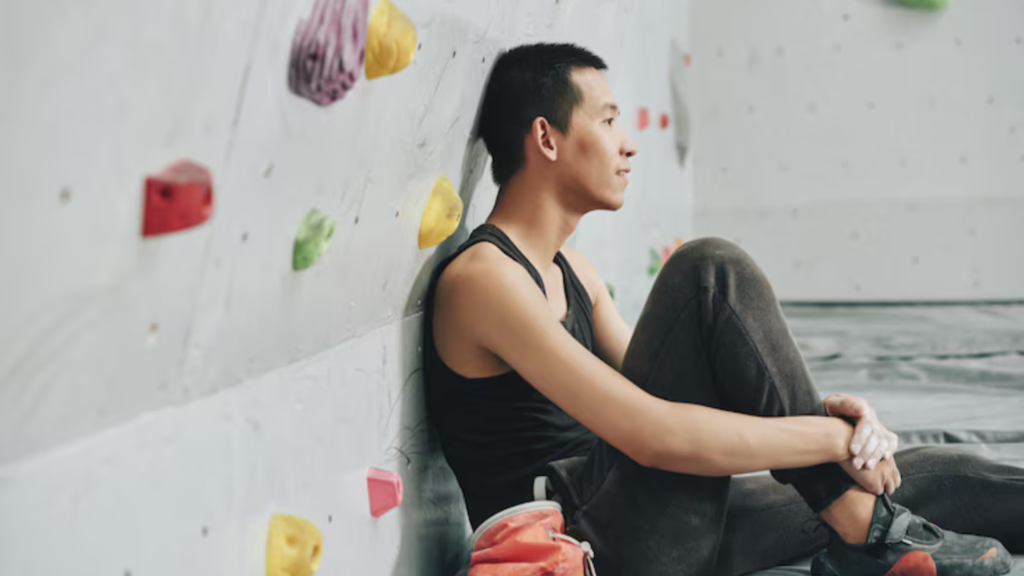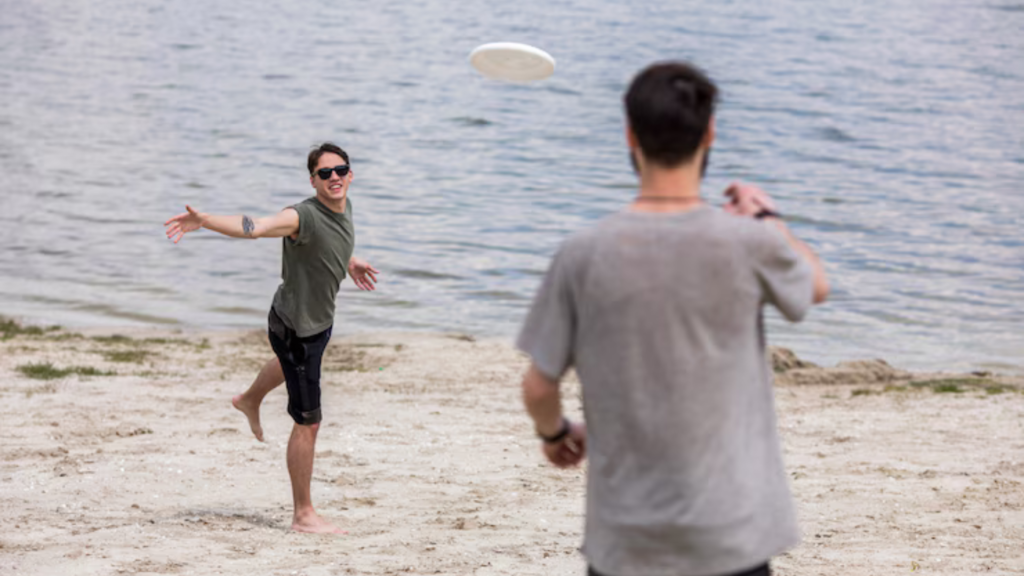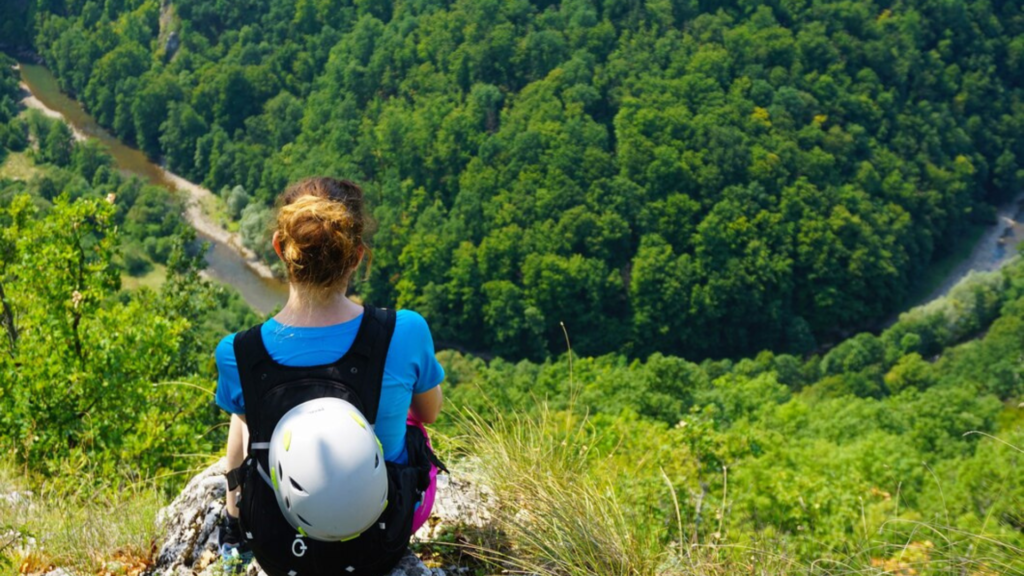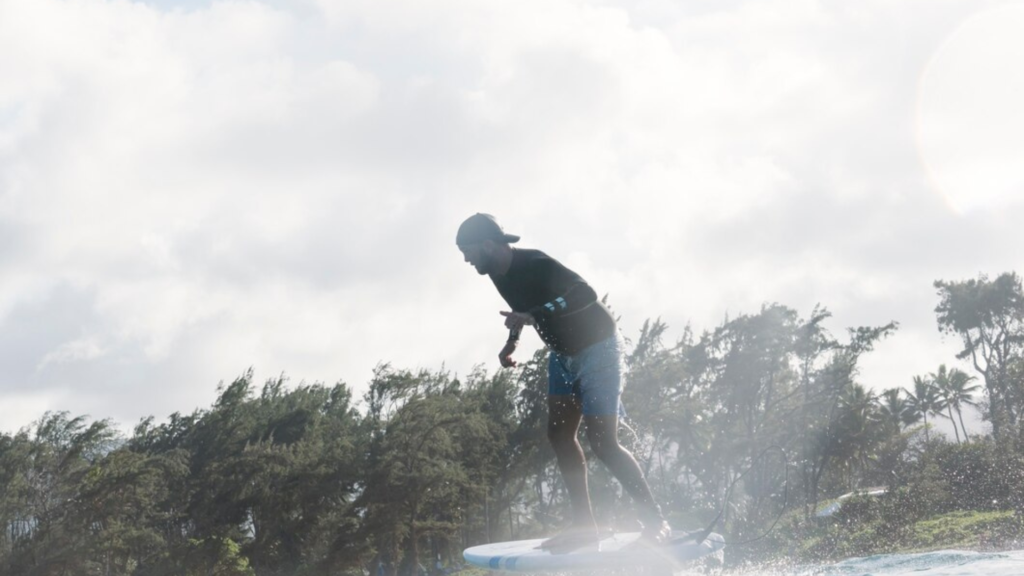The Psychology of Risk in Adventure Sports
- Get link
- X
- Other Apps
Skydiving, white-water rafting, surfing of any kind, climbing, canyoning, and paragliding are all examples of extreme sports. Most big sports organizations put them all in the same group, even though they are very different from each other. These sports have spread to every country in the world because of their natural, geological, and topographical wealth. Just a few decades ago, they were mostly on the fringes, but works like The Psychology of Risk in Adventure Sports highlight the growing interest in why people pursue such risky activities.
According to a poll of 90 million people from around the world in 2023, called the research 90M by the website Real Research News, 53.4% of them have done an extreme sport before. Pierre-Yves Fasola, who is a ski teacher, river guide, climbing supervisor, and technical director of a ski school in Les Arcs 1600, says that this sport is popular because "other sports have a field, court, or any sports facility; we are always in the open air." The world we live in is always changing and moving. The weather changes all the time, so every trip is different.
It's like a trip where even if we go through the same place twice, it will be different

But they aren't the only reasons. The same study also found that 33% of people have played these sports because they think they are better for their bodies than other sports. 36% of individuals have participated because it has more positive benefits on the mind, such as teaching people how to be strong and deal with their concerns. In fact, those who want to play extreme sports don't always feel better right away. At least that's how the words are used. Pierre-Yves Fasola should think about another term: I would rather talk about outdoor sports.
This is because only two or three percent of individuals engage in intense exploitation of outdoor sports. We supervise other groups that like the same outdoor activities and sports, but they do them in a safer way because we know the places, activities, and so forth. He goes on to state that our main purpose is to comprehend the gatherings, their wants, needs, and makeups. Of course, the most common thing to do is to go swimming or canyoning in white water without knowing that you will get wet.
They will definitely leave with smiles on their cheeks and memories in their heads

Because of this, we begin by telling them what we will do, how we will do it, and what steps we will take to keep them safe. You can then move on to the next stage. Pierre-Yves says that the next step is to label the experience: "We make something like an experience that is specific to the group: In rafting, 95 percent of those we receive do not know the practice." We will change the course based on their age, how good they are at sports, and whether they appreciate exciting things like flipping the boat or going through the rapids.
If we find that they aren't getting enough attention as the course goes on, we can change the course to give them more. For instance, if the group has people with different tastes, we should stay on the raft for a while and see what we can do to get some of them to dive so that those who want to push the crazy idea a little more can have as much as they want and the others can take a break. The last thinking will probably be, "Oh, yes, if you have a very experienced group, we can take them to a field where they can have a great time, whether it's climbing, canyoning, or rafting."
It's hard to say no to this offer because it's clear, flexible, and varied

In short, the outdoor sport master has said that most of these kinds of activities are open to everyone, but the teachers need to change how they teach. The G.M. of Club Med Resorts, which is controlled by Les Arcs Panorama and Peisey-Vallandry, partners of the river base under Pierre-Yves Fasola's supervision, is getting this. There is one thing that is not true for each of the activities I listed. You can only do outdoor water activities if you can swim and are in good shape with no health problems. PYF goes on to state that we start taking kids in at the age of seven or eight, as long as they are healthy.
Also, there are programs just for youngsters and teens. The kids can sleep on the bus because there are two days of activities where they have something to do in the morning and at night that is close to each other. Rafting on the river, picnicking by the lake, climbing in the morning, and so on. Of course, they can get to anything that could interest them, including thrill or discovery classes, just like adults can. Pierre-Yves Fasola wants to tell everyone who doesn't want to do these extreme or outdoor sports this: - Go ahead! It's bewitched! We have to go beyond of our comfort zone, even though we don't put ourselves in danger.
Conclusion

It gives you a distinct sense of pride and self-fulfillment, which is an amazing feeling of accomplishment. Everyone will find the right sport for them, but not everyone will like all of them. especially when the coaches are really into it. According to a poll of 90 million people from around the world in 2023, called the research 90M by the website Real Research News, 53.4% of them have done an extreme sport before. Pierre-Yves Fasola, who is a ski teacher, river guide, climbing supervisor, and technical director of a ski school in Les Arcs 1600, says that this sport is popular because "other sports have a field, court, or any sports facility; we are always in the open air."
The world we live in is always changing and moving. The weather changes all the time, so every trip is different. If we find that they aren't getting enough attention as the course goes on, we can change the course to give them more. For instance, if the group has people with different tastes, we should stay on the raft for a while and see what we can do to get some of them to dive so that those who want to push the crazy idea a little more can have as much as they want and the others can take a break. The last thinking will probably be, "Oh, yes, if you have a very experienced group, we can take them to a field where they can have a great time, whether it's climbing, canyoning, or rafting."
- Get link
- X
- Other Apps


Comments
Post a Comment